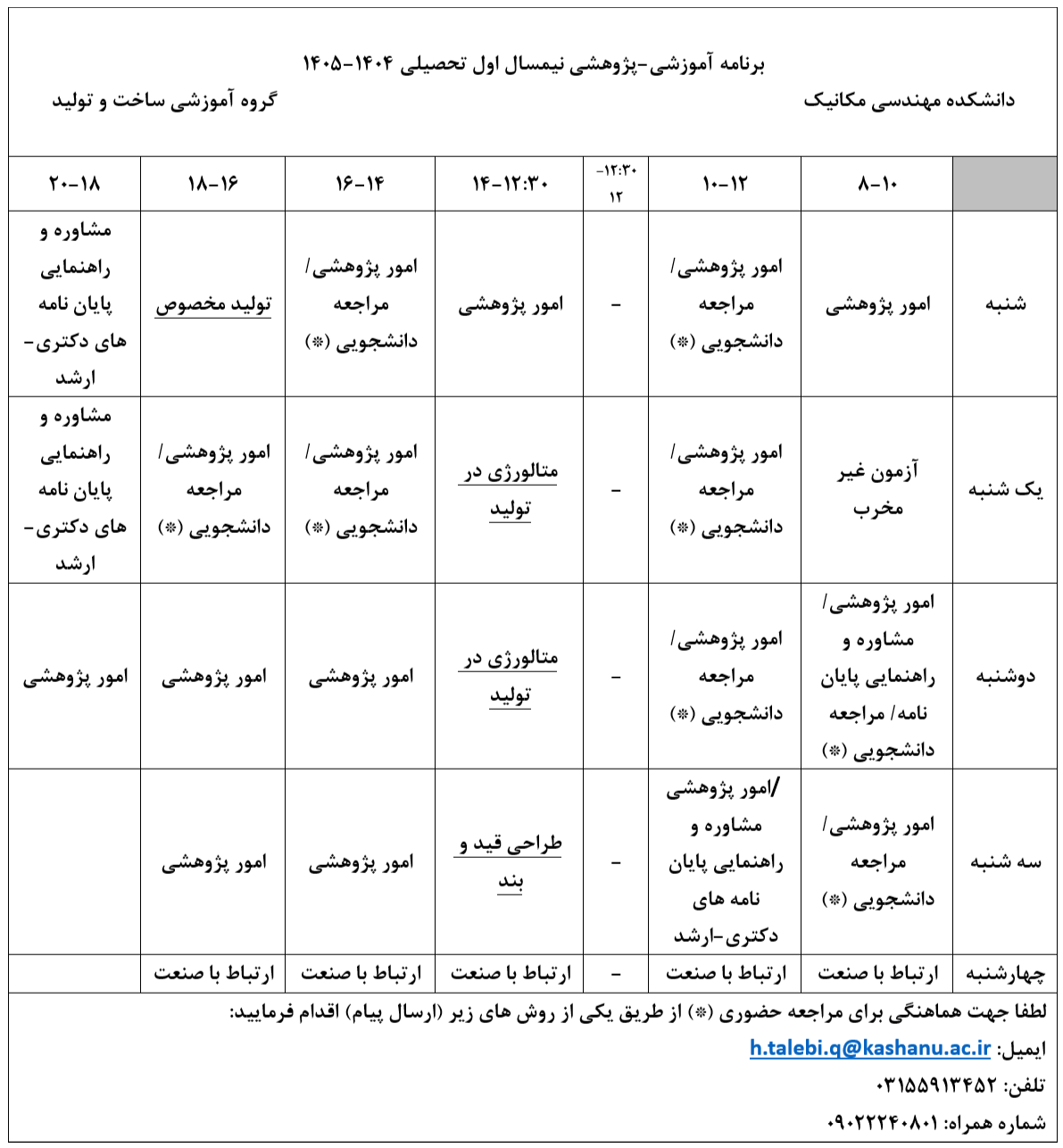| نویسندگان | سعید حاج احمدی,حسن مسلمی نائینی,حسین طالبی قادیکلائی,رسول صفدریان,علی زین العابدین بیگی |
|---|
| نشریه | The International Journal of Advanced Manufacturing Technology |
|---|
| ضریب تاثیر (IF) | ثبت نشده |
|---|
| نوع مقاله | Full Paper |
|---|
| تاریخ انتشار | 2024-08-12 |
|---|
| رتبه نشریه | علمی - پژوهشی |
|---|
| نوع نشریه | الکترونیکی |
|---|
| کشور محل چاپ | ایران |
|---|
| نمایه نشریه | SCOPUS ,JCR |
|---|
چکیده مقاله
This study aimed to investigate the influence of different constitutive models on the accuracy of predicting spring-back in cold roll forming for pre-punched profiles. Finite element analysis was conducted using Abaqus, employing eight distinct constitutive models that varied in terms of yield criteria, yield function calibration, and elastic modulus degradation. To evaluate the impact of holes and their positions on spring-back, three samples made of St12 with a 1 mm thickness were used: a sample without holes, a profile with holes in the bending zone (on the bend), and a profile with holes close to the bending zone (near the bend). The results show that ignoring variation in elastic modulus has less influence on the accuracy of spring-back prediction for “near the bend” than the two other profiles. This case is explained by less change in elastic modulus during roll forming of the “near the bend” profile. Additionally, calibrating yield criteria based on R-values, such as Hill48_R and Yld89_R, and yield stress values result in more precise spring-back estimations for the “on the bend” and “near the bend” profiles, respectively. This approach proves superior when contrasted with the alternative calibration methods. Moreover, neglecting the effect of Young’s modulus variation in Yld2000-2d and Hill48_S results in the lowest MAPE (mean absolute percentage error) of approximately 20% compared to other models. However, it is worth noting that Yld2000-2d underestimates the experimental values while Hill48_S tends to overestimate them. As a result, the most suitable constitutive model, considering elastic variation, is Yld2000-2d, with an average MAPE of 8% across all three samples.

